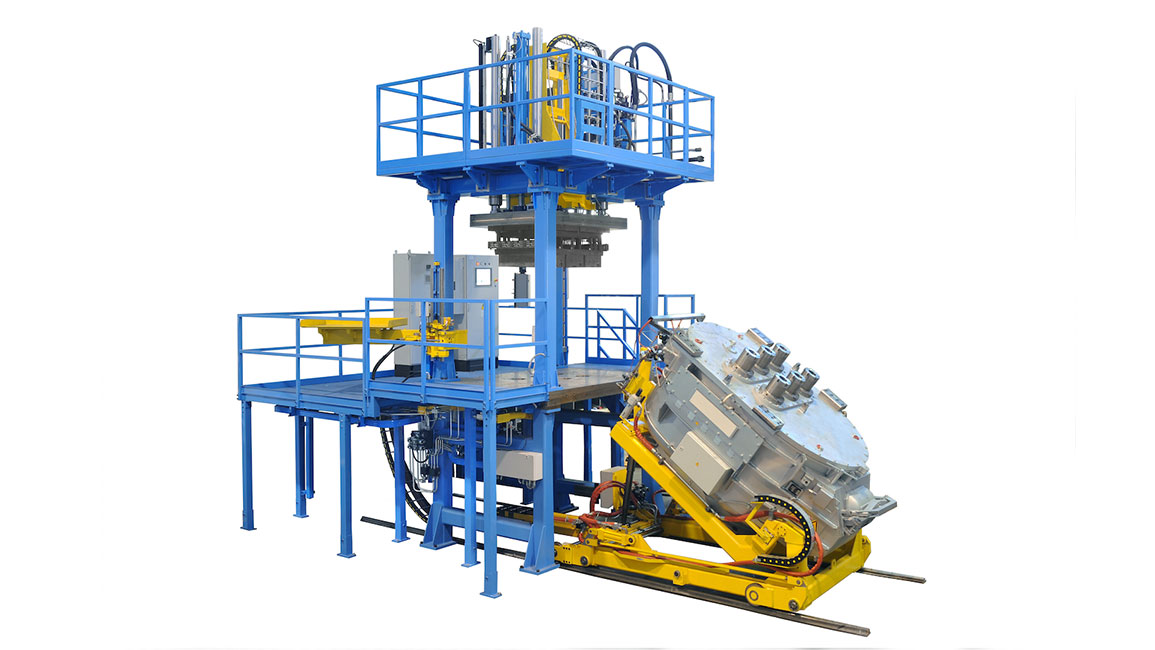Pressure Die Casting
Pressure die casting is a quick, reliable and cost-effective manufacturing process for production of high volume, metal components that are net-shaped have tight tolerances. Basically, the pressure die casting process consists of injecting under high pressure a molten metal alloy into a steel mold (or tool). This gets solidified rapidly (from milliseconds to a few seconds) to form a net shaped component. It is then automatically extracted.

Advantages of Pressure Die Casting :
- Lower costs compared to other processes.
- Economical - typically production of any number of components from thousands to millions before requiring replacement is possible.
- Castings with close dimensional control and good surface finish
- Castings with thin walls, and therefore are lighter in weight
Depending upon the pressure used, there are two types of pressure die casting namely High Pressure Die Casting and Low Pressure Die Casting. While high pressure die casting has wider application encompassing nearly 50% of all light alloy casting production. Currently low pressure die casting accounts for about 20% of the total production but its use is increasing. High pressure castings are must for castings requiring tight tolerance and detailed geometry. As the extra pressure is able to push the metal into more detailed features in the mold. Low pressure die casting is commonly used for larger and non-critical parts.
High Pressure Die Casting
Here, the liquid metal is injected with high speed and high pressure into the metal mold. The basic equipment consists of two vertical platens. The bolsters are placed on these platens and this holds the die halves. Out of the two platens, one is fixed and the other movable.
This helps the die to open and close. A specific amount of metal is poured into the shot sleeve and afterwards introduced into the mold cavity. This is done using a hydraulically-driven piston. After the metal has solidified, the die is opened and the casting eventually removed.
Cold Chamber Process
The difference of this process with the hot-chamber process is that the injection system is not submerged in molten metal. On the contrary, metal gets transferred by ladle, manually or automatically, to the shot sleeve. The metal is pushed into the die by a hydraulically operated plunger. This process minimises the contact time between the injector components and the molten metal.
Which extends the life of the components. However the entrainment of air into the metal generally associated with high-speed injection can cause gas porosity in the castings. In the cold chamber machine, injection pressures over 10,000 psi or 70,000 KPa is obtainable. Generally steel castings along with aluminium and copper based alloys are produced by this method.


